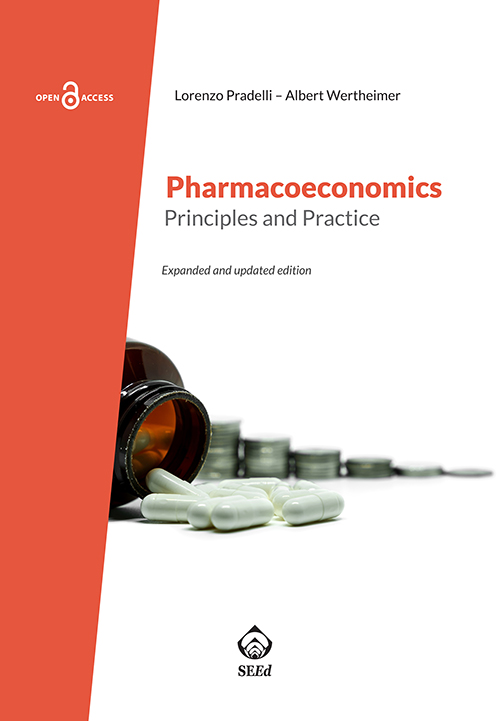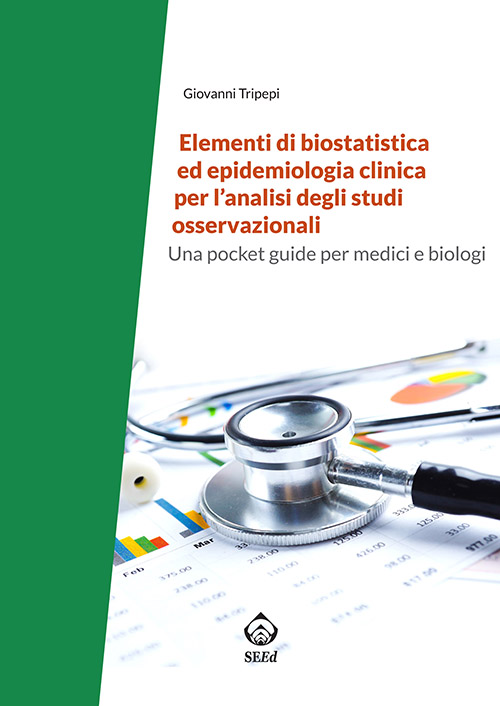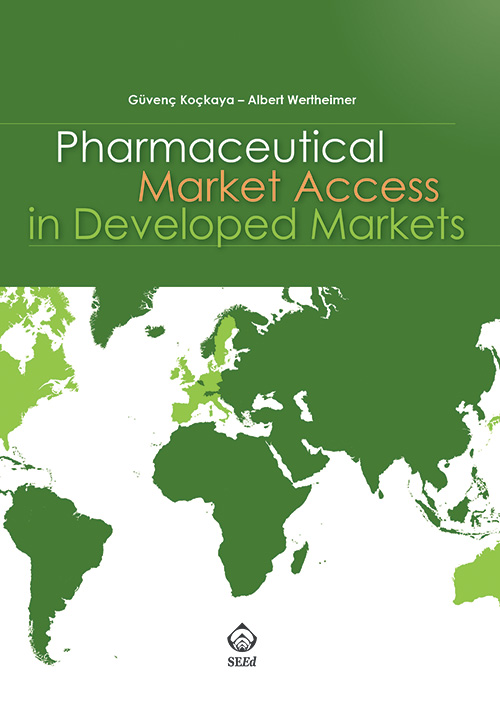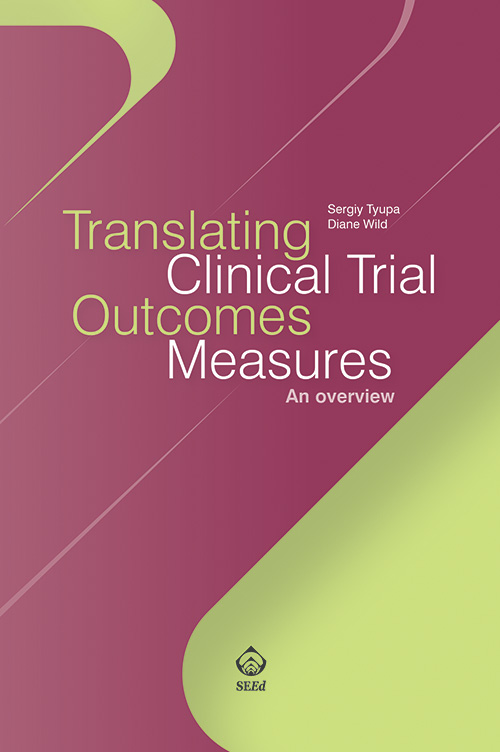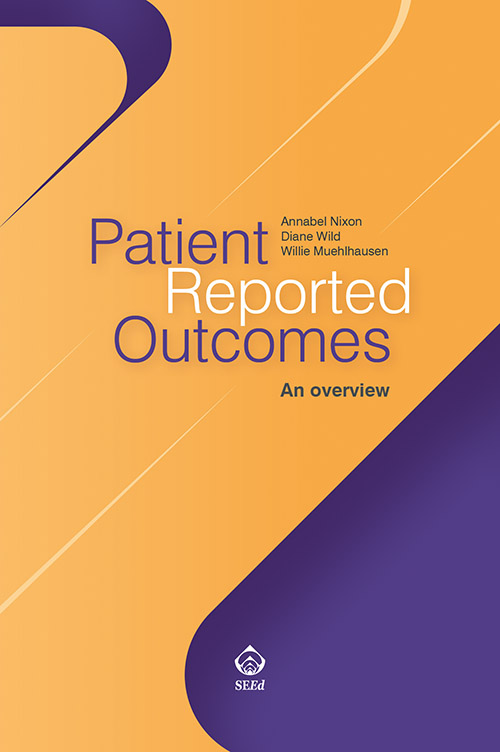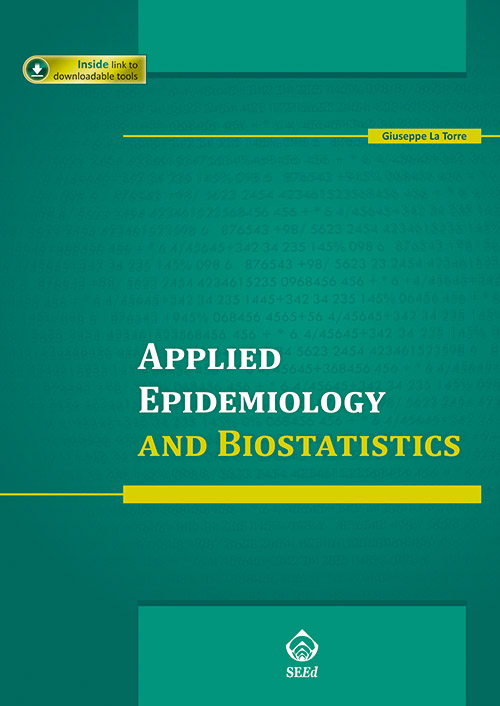QALY SHORTFALL CALCULATOR
The National Institute for Health and Care Excellence (NICE) published new guidelines for health technology assessment in January 2022,1 introducing a new mechanism to give additional weight to quality-adjusted life years (QALYs) for diseases characterised by more severe health conditions.
NICE has defined these severity-of-disease modifiers in terms of future QALYs lost by people living with the condition and receiving standard of care compared with the general population. Two metrics are considered in this context: the absolute reduction in QALYs and the proportional reduction in QALYs. The absolute reduction is calculated as the difference between the future QALYs expected by the general population and those an individual can expect living with the condition, given currently available treatments. The proportional reduction, on the other hand, is calculated as the proportional reduction in future QALYs that a person can expect due to their condition. If the magnitude of these reductions is sufficiently large, the QALYs gained from a new health technology are given a weight greater than one, increasing the value of the QALYs provided by the health technology and, consequently, lowering the ICER and increasing the chances of the health technology being cost-effective. Both metrics require an estimate of the number of future QALYs that individuals with the condition would have gained if they had been healthy. This estimate is not a standard outcome of a cost-utility analysis and must be calculated independently when submitting to NICE.
Although the Italian Medicines Agency (AIFA) has not yet introduced these severity-of-disease modifiers for submissions in Italy, we believe that a tool adapted to the Italian population could help stakeholders effectively evaluate new health technologies. Therefore, inspired by the work of McNamara and colleagues,2 AdRes has developed an online tool that provides updated estimates of quality-adjusted life expectancy (QALE) for the Italian population by age and sex3. Our tool allows users to combine QALE estimates with the results of an economic model to estimate the absolute and proportional reduction in QALYs associated with a specific condition.
BIBLIOGRAPHIC REFERENCES
- NICE health technology evaluations: the manual. National Institute for Health and Care Excellence. Accessed February 12, 2022.
- McNamara S, Schneider PP, Love-Koh J, et al. Quality-Adjusted Life Expectancy Norms for the English Population. Value Health. 2023 Feb;26(2):163-169
- Ghetti G, Povero M. Quality-Adjusted Life Expectancy Norms for Italy. Value Health. 2023 Apr 5;S1098-3015(23)00111-0
EASIER APP
Simplify and integrate time motion studies using your smartphone
It is a new tool developed to support and facilitate normal daily activities, optimizing the data collection process.
With Easier app the entire process required to conduct the study is entrusted to healthcare personnel, equipped with the tools needed to quickly track the normal workflow.
It allows you to send the collected data directly to the central Easer app database, regardless of the workplace, managing to follow multiple patients at the same time. Furthermore, not having to involve figures external to the hospital becomes an important advantage, together with the reduced waste of paper.
With Easier app, measurements are faster, better standardized and guaranteed by the new integrated system.
EASIER APP, the simplicity of advanced technology at the service of healthcare efficiency
EASIER APP is the most ADVANCED TECHNOLOGICAL SOLUTION, capable of accurately implementing data collection, through their automated detection, with the functionality of real-time remote monitoring.
Easier app is able to integrate additional study tools, such as questionnaires for patients and healthcare professionals, making efficiency and healthcare optimal; because only the information obtained from the results of Time&Motion studies leads to informed decisions.
ELECTRONIC DATA COLLECTION SYSTEMS
Simplify and integrate time motion studies using your smartphone
AdRes, thanks to its multidisciplinary team and partnerships with leading development and communication companies, has several data collection and decision support systems in its portfolio.
Via Vittorio Alfieri,17
Torino (Italy)
FOLLOW US
CONTACTS
+39011.76.51.239
info@adreshe.com
P. IVA 09828960014
REA TO-1084228
